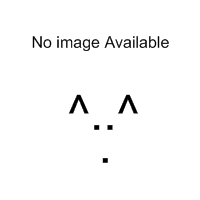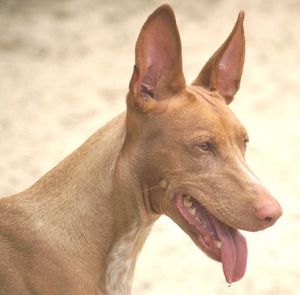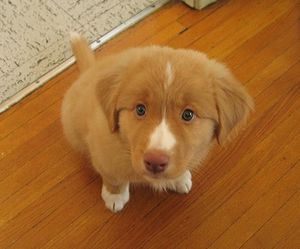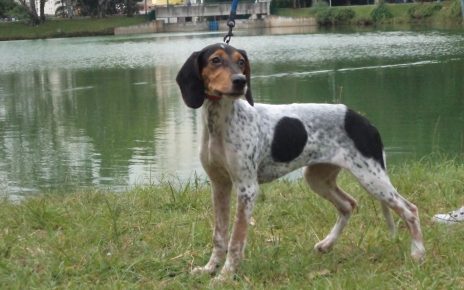 |
| Vital Statistics: |
| Place of Origin: England |
| Group: Terrier |
| Height: 14 in. |
| Weight: 17 lbs. |
| Life span: 12-16 yrs. |
| Trainability: high |
| Good with children: yes |
| Good with other pets: yes, with dogs, when raised with other pets |
What is the origin of the Lakeland Terrier?
The Lakeland Terrier is one of the oldest breeds of terrier surviving till today. Its origins are in the Lake District of England. It was developed to protect sheep from foxes, chasing and killing them even in their dens. The Lakeland is very courageous and will attack and kill animals larger than themselves.
What does the Lakeland Terrier look like?
The Lakeland Terrier is a small, squarish-shaped, sturdy dog. Height is about 14 1/2 in., weight is 17 lbs., with females a bit smaller. Ears fold over and are v-shaped. Eyes are oval. The outer coat is hard and wiry. The thick undercoat is soft. Colors are blue, black, liver, red and wheaten. Some have saddles from the back of the neck reaching to the end of the tail, colored black, blue, livere or grizzle with the rest of the body wheaten or tan. The coat can be combed and hand stripped or clipped every 2 months.
What is the temperament of the Lakeland Terrier?
Lakelands are tenacious little dogs and can think for themselves, often giving owners quite a challenge. They should have firm and early training and socialization. They are quite affectionate and loving with their family and excellent with children. Because of their strong prey instincts, they need early socialization and training to avoid chasing other pets. The Lakeland is suited wto living in an apartment. They should have long walks daily and a run in a secure area.
What is the Lakeland Terrier used for?
Lakelands have been used for hunting and are excellent trackers. They do well in agility trials and are good watchdogs. Lakelands are loving, loyal companions.
Possible Health Issues
Lens luxation, distichiasis (eyelash disorder), Legg-Perthes Disease, von Willebrand’s Disease.
- Airedale Terrier
- American Pit Bull Terrier
- American Stratfordshire Terrier
- Australian Terrier
- Bedlington Terrier
- Black Russian Terrier
- Border Terrier
- Boston Terrier
- Bull Terrier
- Cairn Terrier
- Cesky Terrier
- Dandie Dinmont Terrier
- English Toy Terrier
- Glen of Imaal Terrier
- Irish Terrier
- Jack Russell Terrier
- Manchester Terrier
- Miniature Schnauzer
- Moscow Toy Terrier
- Norfolk Terrier and Norwich Terrier
- Old English Terrier
- Scottish Terrier
- Silky Terrier
- Skye Terrier
- Smooth and Wire-haired Fox Terrier
- Soft-coated Wheaten Terrier
- Tibetan Terrier
- Toy Fox Terrier
- Welsh Terrier
- West Highland White Terrier
- Wire Fox Terrier
- Yorkshire Terrier
- Airedale Terrier
- Beagle
- Bedlington Terrier
- Bluetick Coonhound
- Border Collie
- Border Terrier
- Bull Terrier
- Bulldog
- Bullmastiff
- Ca de Bou
- Cavalier King Charles Spaniel
- Clumber Spaniel
- Collie
- Curly-coated Retriever
- Dandie Dinmont Terrier
- English Cocker Spaniel
- English Foxhound
- English Setter
- English Springer Spaniel
- English Toy Terrier
- Flat-coated Retriever
- Golden Retriever
- Greyhound
- Harrier
- Jack Russell Terrier
- Lancashire Heeler
- Llewellyn Setter
- Manchester Terrier
- Mastiff
- Norfolk Terrier and Norwich Terrier
- Old English Sheepdog
- Old English Terrier
- Otterhound
- Parson Russell Terrier
- Shetland Sheepdog
- Smooth and Wire-haired Fox Terrier
- Sussex Spaniel
- Welsh Terrier
- Whippet
- Wire Fox Terrier
- Yorkshire Terrier



